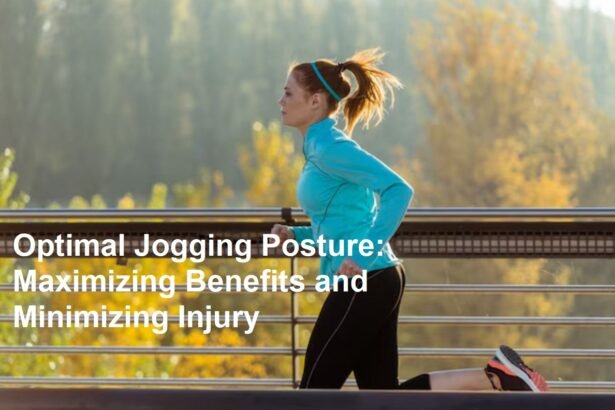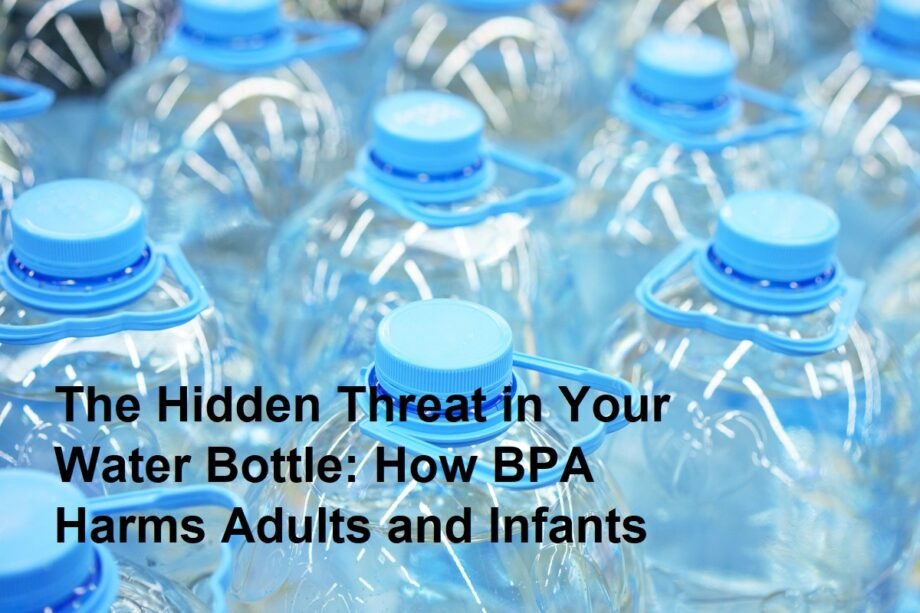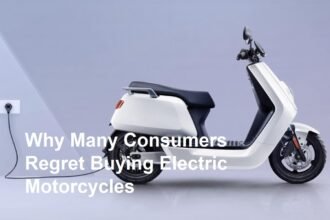Introduction
Bisphenol A (BPA)—a chemical found in polycarbonate plastics and epoxy linings of water bottles, food cans, and baby products—leaches into liquids and poses documented health risks. With 92% of adults showing detectable BPA levels in urine (CDC data) and infants exposed 10x more per body weight, understanding this invisible hazard is critical for long-term health.
How BPA Enters Your Body
- Primary Sources:
- Reusable plastic water bottles (#7 recycling code)
- Canned beverage linings
- Baby bottles/sippy cups (banned in EU/Canada but still in global circulation)
- Transmission Routes:
→ Heat exposure (e.g., leaving bottles in cars)
→ Acidic/alkaline liquids (e.g., soda, infant formula)
→ Wear and tear (scratches on containers)
Proven Health Risks: Adults vs. Infants
For Adults:
| Health Impact | Scientific Evidence |
| Hormone Disruption | Mimics estrogen; linked to infertility (Harvard School of Public Health) |
| Heart Disease | 45% higher risk with top-quartile BPA exposure (JAMA Network) |
| Type 2 Diabetes | Alters insulin production (Environmental Health Perspectives) |
| Breast/Prostate Cancer | Promotes tumor growth via estrogen receptors (NIH Toxicology Report) |
For Infants & Children:
- Developmental Damage:
- Premature birth: High maternal BPA → 2x risk (International Journal of Environmental Research)
- Brain development: ADHD and anxiety links (Columbia Center for Children’s Environmental Health)
- Early Puberty: BPA activates hormone receptors prematurely.
- Lifelong Vulnerability: Infant livers metabolize BPA 11x slower than adults (EFSA 2023 reassessment).
The Regulatory Gap: Global Safety Standards
- EU/Canada: Banned in baby bottles (2011) and all food contact materials (2023 EU proposal).
- USA: FDA only prohibits BPA in baby bottles/sippy cups—no ban for adult products.
- Safe Limits Debate:
- Current FDA “Safe” Limit: 50 µg/kg body weight/day
- EFSA’s 2023 Revision: Lowered TDI to 2 ng/kg/day(250,000x stricter!) due to immune system risks.
5 Practical Steps to Reduce BPA Exposure
For Adults:
- Choose Glass/Stainless Steel: Opt for brands like S’well or Hydro Flask.
- Avoid Canned Foods: Especially tomatoes and soda (acid accelerates leaching).
- Check Recycling Codes: Avoid #3 (PVC), #6 (polystyrene), and #7 (polycarbonate).
For Infants:
- Use Glass or BPA-Free Bottles: Look for “BPA-Free” certifications (e.g., Philips Avent).
- Breastfeed When Possible: Reduces formula contact with plastic containers.
- Never Microwave Plastic: Heat releases 55x more BPA (University of Cincinnati study).
BPA Alternatives: Are They Safer?
- BPS/BPF: Common substitutes still show endocrine disruption (Endocrine Society 2020 warning).
- Trusted Labels:
- GreenScreen Certified™: Screens for 1,000+ hazardous chemicals.
- TÜV Rheinland: Tests leaching limits.
Conclusion
BPA’s ability to disrupt hormones at minute doses—especially for developing infants—demands urgent consumer awareness. While regulations lag, choosing inert materials (glass, stainless steel) remains your best defense. As research evolves, demand transparency from manufacturers: true safety requires eliminating all bisphenols, not just BPA.









